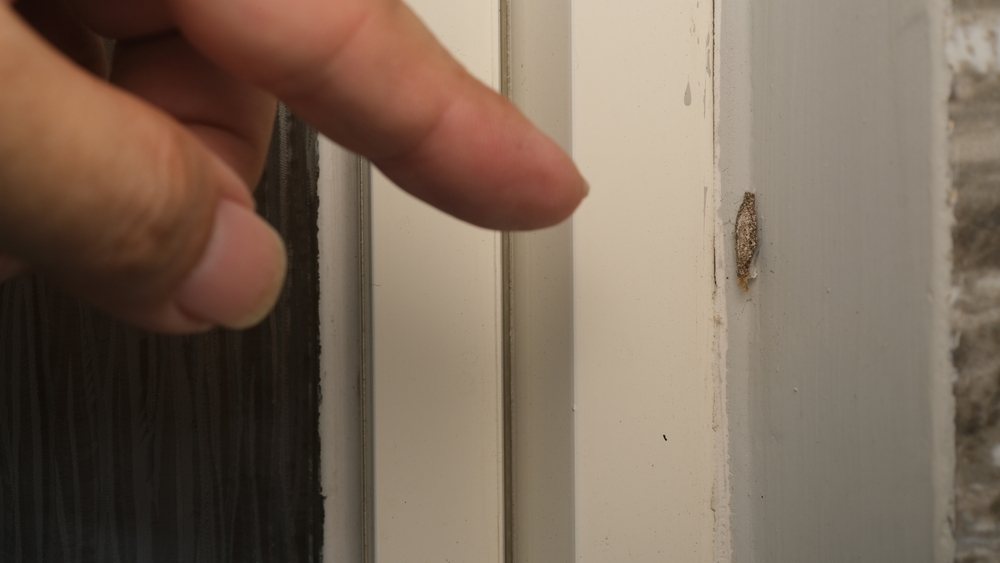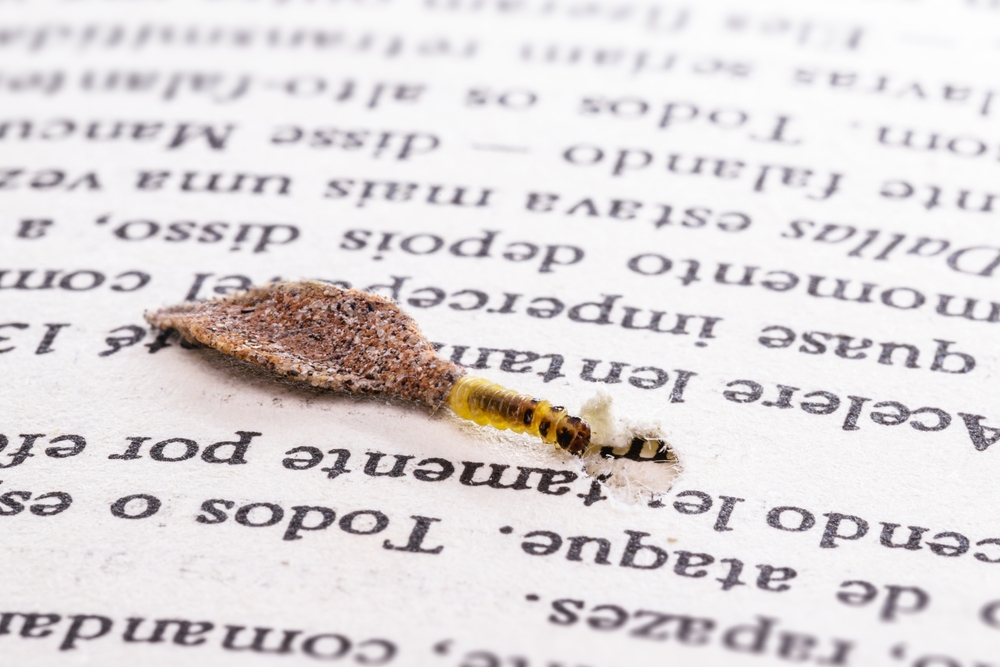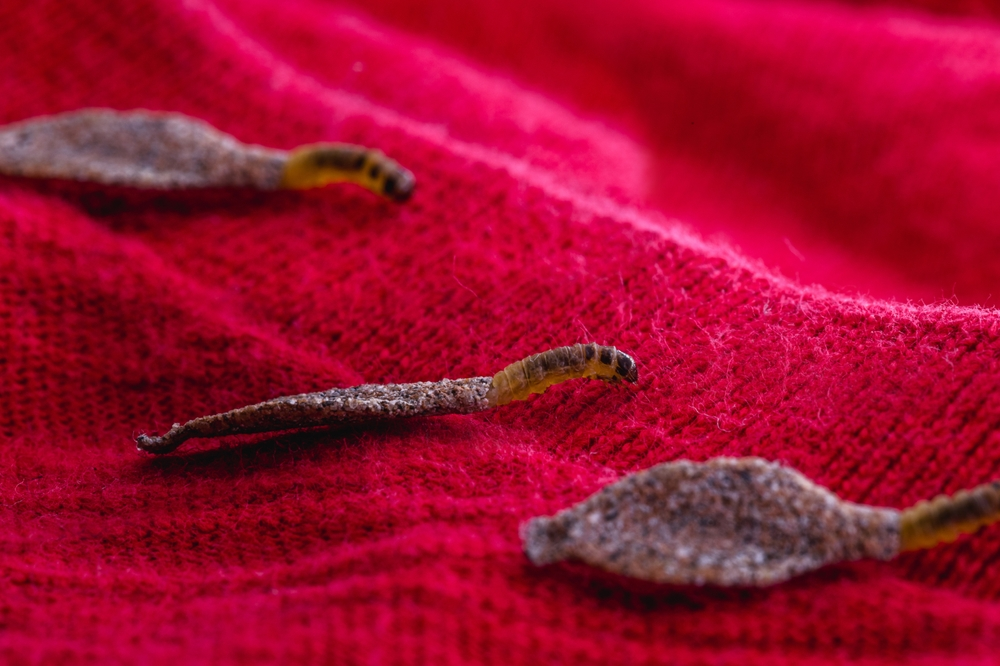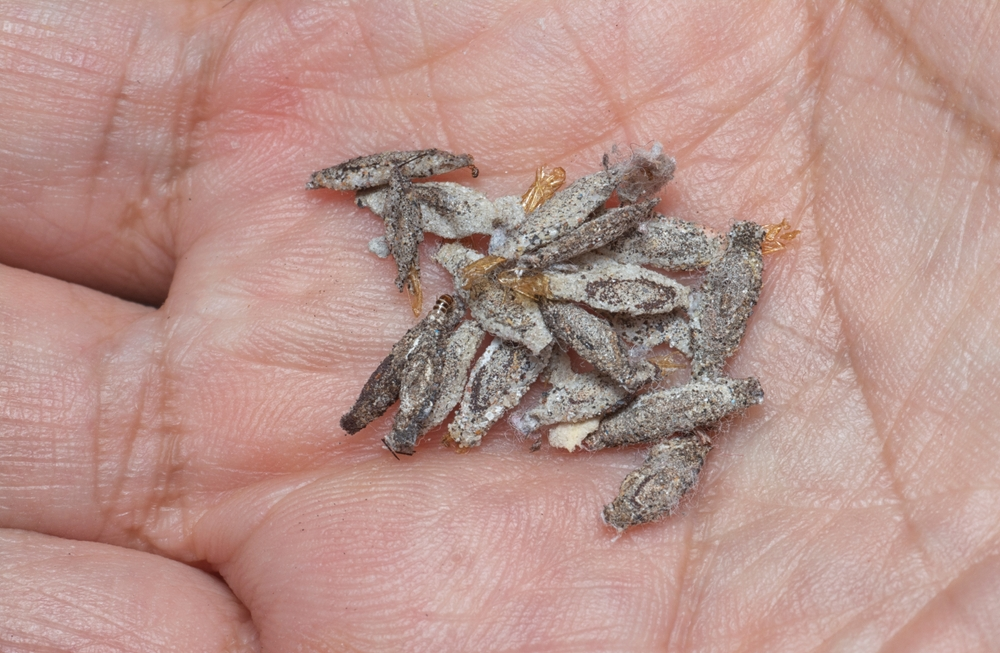You’re cleaning your home, maybe dusting off an old bookshelf or straightening up the closet, when suddenly—you spot it. A tiny, flat, cocoon-like pod clinging to the wall. At first glance, you might think it’s just a bit of lint or a forgotten sticker. But look closer, and you’ll realize it’s something a little more… alive. Say hello to Phereoeca uterella, better known by its creepy nickname: kamitetep.
This peculiar pest is more than just another household bug—it’s a stealthy destroyer of clothing, paper, and pretty much anything made of organic fiber. And with summer heat and humidity rising, these unwelcome guests are more active than ever.

What Exactly Is a Kamitetep?
The creature known as kamitetep goes by many names. Scientifically, it’s called Phereoeca uterella, a species in the Tineidae moth family. You may have also heard it called a plaster bagworm or household casebearer.
Confused yet? You’re not alone. Even entomologists argue about its classification, sometimes mixing it up with Phereoeca allutella, a similar but distinct species. Regardless of the label, one thing’s for sure: nobody wants these moths setting up camp indoors.
Video: The Curious Case Of The Household Casebearers
Creepy Cases and Wall-Crawling Larvae
What makes kamitetep so unique—and frankly, unnerving—is that it’s more known in its larval form than as an actual moth. Before it takes flight, the kamitetep lives inside a small, gray, flattened cocoon that it carries around like a backpack. This shell isn’t just for protection—it’s also the creature’s camouflage and future pupal case.
These mobile larvae cling to walls and ceilings, slowly creeping along in search of food. Spotting them can feel like discovering a scene from a horror movie: little gray husks glued to your paint, sometimes empty, sometimes not.
A Four-Stage Life Cycle

Like most moths, kamitetep goes through four distinct life stages: egg, larva, pupa, and adult. It all starts when the female lays tiny eggs in tucked-away, humid spots—think behind furniture, in closets, or even in cardboard boxes.
Once hatched, the larvae start scavenging, gathering materials to reinforce their cases. They molt several times before transforming into pupae inside those cases. Eventually, a small, grayish-brown adult moth with delicate wings emerges. Most people never even notice the adults—they’re too focused on those weird, clingy cases the larvae leave behind.
What’s on the Kamitetep Menu?

You’d be surprised (and maybe a little grossed out) by what these insects eat. Kamitetep thrives on organic matter, which means your home is a buffet if you’re not careful. Their diet includes:
- Wool and silk
- Human hair and pet fur
- Dead skin cells
- Spiderwebs
- Paper and cardboard
- Dust and lint
- Feathers and old fabrics
Strangely enough, they don’t seem to like cotton much. Still, they can chew through rugs, linens, cherished clothes, and important documents without mercy.
Where They Love to Hide

So where do kamitetep usually hang out? Look for them in places that are warm, damp, and dark. Think:
- Closets and drawers
- Basements and attics
- Behind furniture
- Around light fixtures
- On walls or ceilings
- Inside cardboard boxes
Their tiny gray cases make them hard to spot at first. But once you know what to look for, they’re easy to recognize—and even harder to forget.
How to Kick Kamitetep Out of Your Home
Video: Plaster Bagworm crawling across the floor
If you’ve spotted kamitetep lurking around your house, don’t panic—but do act fast. Here’s how to deal with them effectively:
- Start with a deep clean
Vacuum carpets, rugs, baseboards, and furniture thoroughly. Pay close attention to closets, storage spaces, and corners. Use crevice attachments to reach into small hiding spots. - Get rid of their food source
Launder all wool, silk, or other natural-fiber clothing. Declutter dusty or forgotten corners. Toss out old boxes or paper items they might be feeding on. - Seal off entry points
Patch cracks, use weather stripping around doors and windows, and close up any small gaps that could let them (or their eggs) in. - Use dehumidifiers
Kamitetep thrives in moisture. Drying out your air can make your home far less appealing to them. - Destroy the cases
If you see those tell-tale larval casings stuck to your wall—get rid of them. Don’t just knock them off. Use a paper towel or vacuum to remove and dispose of them completely.
Tips to Prevent Future Infestations

The best way to avoid kamitetep altogether is to make your space a little less bug-friendly. Keep things clean, minimize clutter, and reduce humidity wherever possible. Here are some prevention hacks that work:
- Use airtight containers for storage.
- Regularly clean areas behind and under furniture.
- Store clothes in sealed bins if not in use.
- Clean out your closet and drawers at least once every few months.
- Replace cardboard storage with plastic alternatives.
And remember—if you see spiderwebs, clean them up. Ironically, while spiders eat other pests, kamitetep actually eats spiderwebs. So no, spiders aren’t always your best pest control.
When to Call in the Pros
Sometimes, no matter how hard you clean, pests persist. If the infestation gets out of hand or you’re noticing damage to clothing or furniture, it may be time to bring in professional exterminators. Most pest control services can identify and treat kamitetep efficiently, especially if you explain what you’ve seen.
And be sure to mention if you’ve had a spider issue too—that combo can make a home even more attractive to these moths.
Conclusion: The Kamitetep—Creepy, Persistent, but Preventable

The kamitetep might be one of the strangest moth species you’ll ever encounter. It doesn’t fly into your face like regular moths. It doesn’t buzz or bite. Instead, it sneaks through your home, munching on your belongings and quietly clinging to your walls.
But with the right knowledge and a bit of proactive cleaning, you can stop this pest before it takes hold. Whether you’re grossed out or just fascinated, one thing’s clear: keeping an eye out for these “wall-clinging moths” can save you a whole lot of frustration.
So next time you spot a suspicious little case on your ceiling, don’t just shrug it off—it might be a kamitetep, and it’s got dinner plans.


